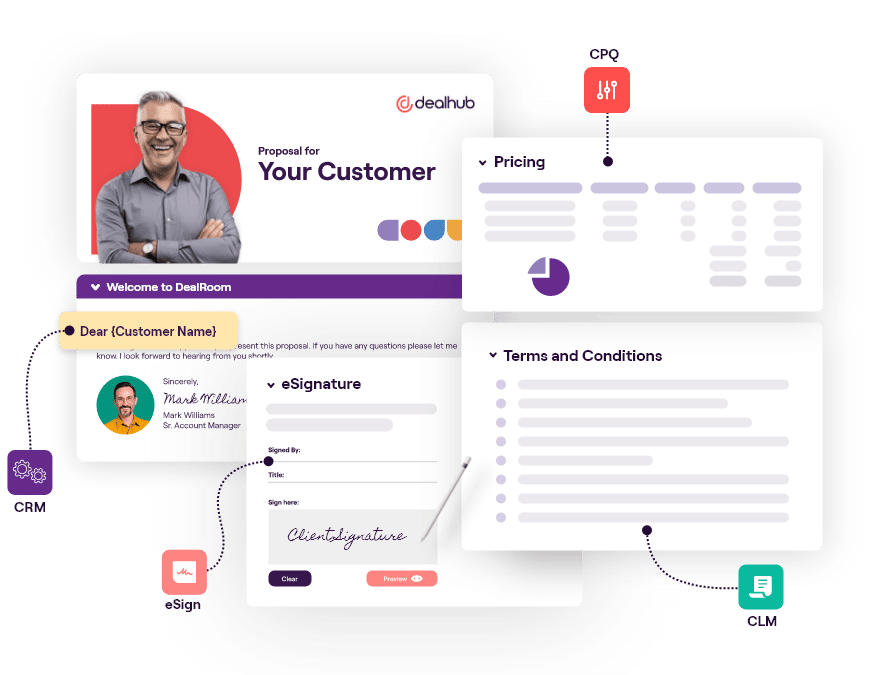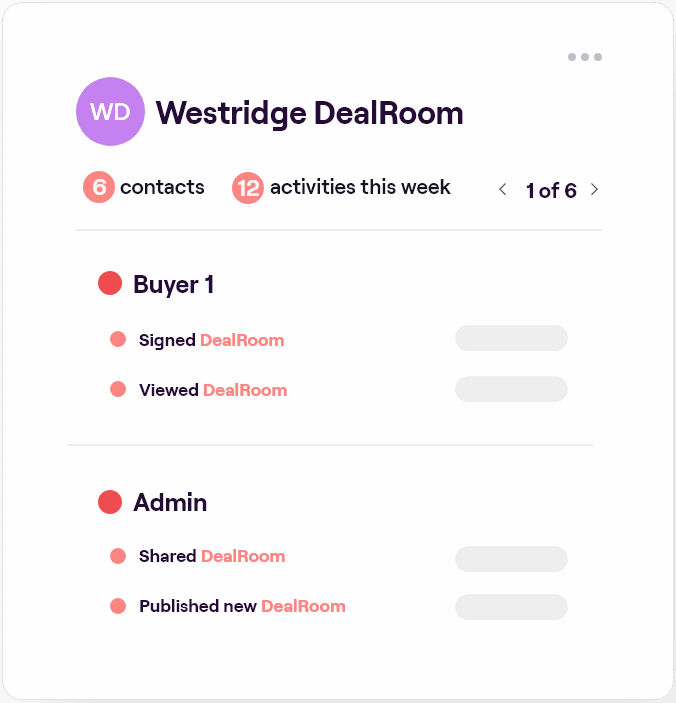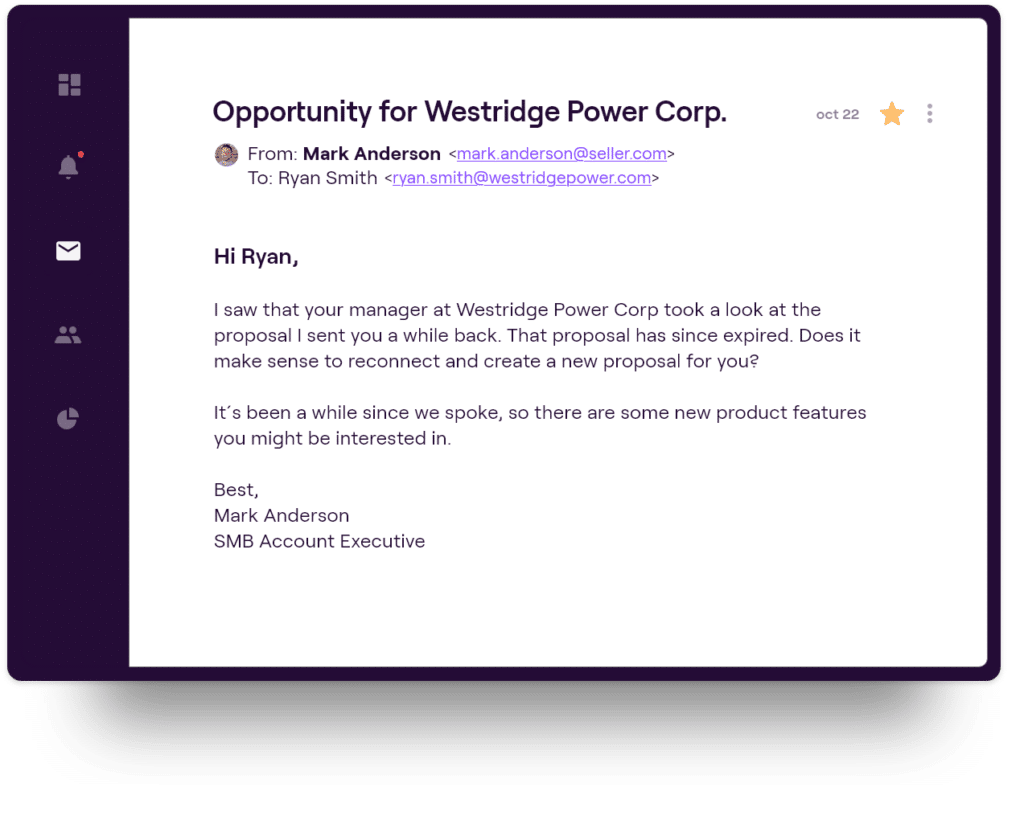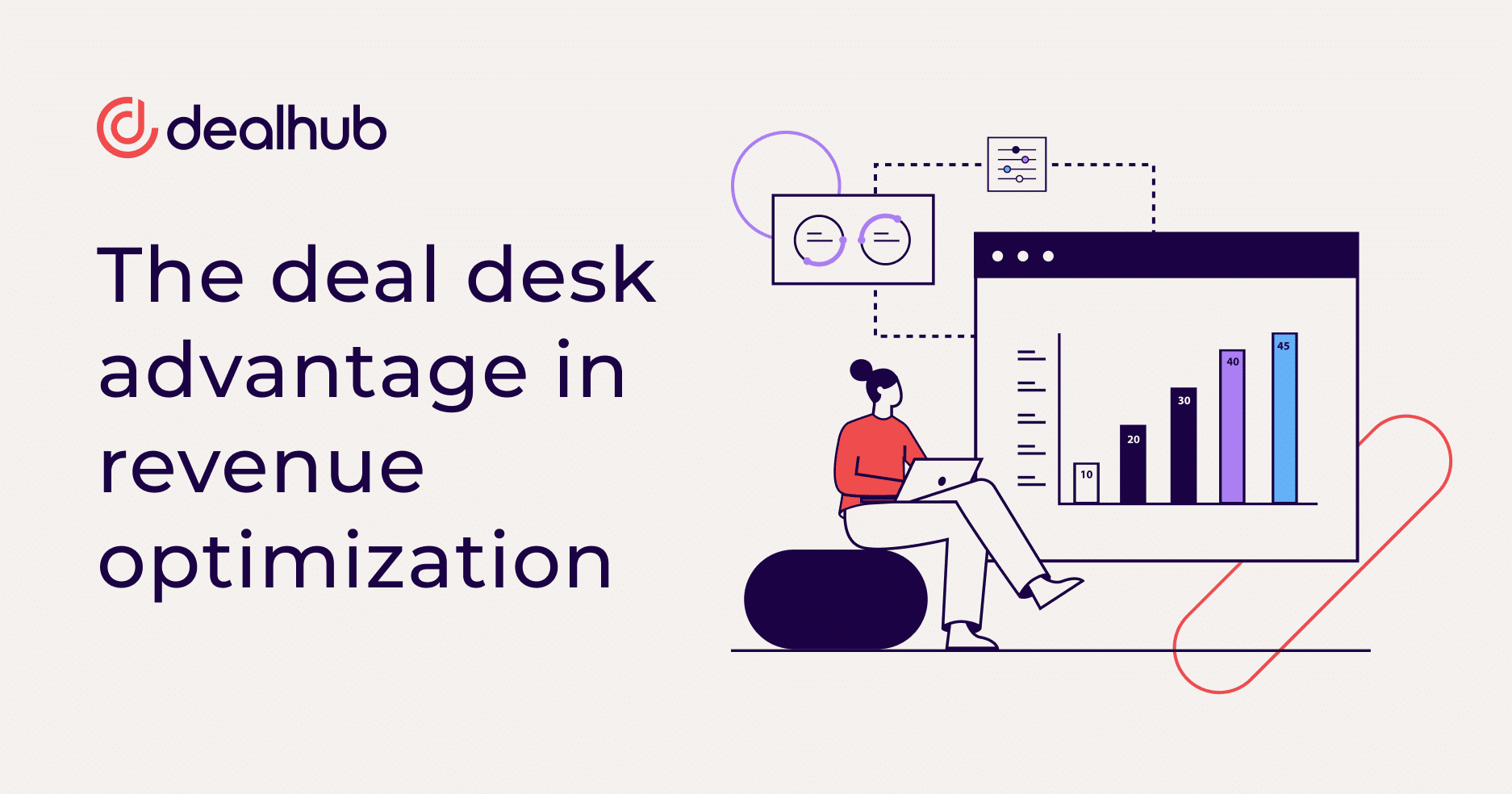But online sales are a completely different animal. The top closers in a virtual environment are those who can read “digital” body language. Remote sales teams don’t have a bevvy of physical signals at their disposal, from eye contact to handshakes to raised eyebrows. Instead, buyer intent data is embedded in prospects’ online activity, and interpreting them requires a different set of tools. Is your team prepared for that?
Modern online sales are a complex process
The days of dealing with a sole proprietor with budgetary authority are long gone. Online sales involve multiple influencers and decision-makers, and this is increasingly the case as deal size grows. The initial buyer is rarely the “top of the food chain,” and it can take time, patience and hard work to reach that stakeholder who will provide final sign-off.
This alters the way that sales communication is conducted and extends the duration of the sales cycle. Unfortunately, this also makes it more difficult to track buyer engagement, especially if you’re strictly relying on email communication. As sales proposals move from party to party within the buyer-side organization, the sales rep loses sight of the relevant stakeholders.
Imagine this from a closer’s perspective. Transparency is critical for knowing how to follow up and with whom, what supporting materials to provide, and when to move in for the final close. Sending an email and hoping it gets forwarded to the appropriate party doesn’t provide these insights.
Some salespeople believe that the solution is to insist on speaking only to final decision makers, but today’s workplace doesn’t work like that. Several layers of research, due diligence and approvals may be necessary before purchasing becomes relevant. There are compliance teams, legal teams, mid-level managers, and administrators who may all need to be involved in the process.
To enable sales reps to sell more strategically and increase their win rates, sales operations leaders need to embrace a digital transformation that goes beyond traditional communication channels. They must implement tools that capture and communicate buyer intent data.
Improving buyer intent data with a digital sales room
Our CRM can track email opens and may reveal when an email is forwarded to another party, provided you’re CC’d. If not, and beyond that, the salesperson loses track of buyer-side communication, putting them at the mercy of the original contact. Following up becomes an exercise best described as “pestering” the initial buyer for updates and answers.
At the same time, sales managers don’t like guesswork when asking for pipeline updates, and revenue operations leaders can’t make projections without having accurate data. Unfortunately, not being able to see where a proposal stands affects both. This is what happens when teams rely solely on email for communications.
Digital deal rooms (a.k.a digital sales rooms) solve this problem. Once sales proposals are generated within this virtual room, additional parties can be invited as individual users. All activity can then be tracked, all the way from the initial share right down to the final e-signature. That’s how innovative sales teams operate.
At DealHub, our DealRoom is a collaborative sales engagement platform that brings B2B buyers and sellers together into a single digital location. Since it natively integrates into CRMs like Salesforce and Freshworks and Microsoft Dynamics 365, you can still benefit from email tracking, but buyer behavior-tracking takes place within the digital deal room environment. That’s a powerful benefit, especially for salespeople contending with a number of stakeholders and a complex or lengthy sales process.

How does a DealRoom work?
Once an opportunity has been opened, the sales rep can invite all relevant buyers to the deal room. From that point onward, all communications can be handled inside that digital environment – including the invitation of other parties into the conversation. This way, the seller can monitor all activity and not just their interactions with the initial contact.
Remember that digital body language we mentioned earlier? Buyer intent data is how your sales team can see and recognize buyer engagement signals and move deals forward. A best-in-class deal room will provide buyer engagement data that’s not available in CRM systems. Among other benefits, having this intelligence helps sales reps identify who the relevant stakeholders are, what assets and information they’re engaging with, and any potential buyer objections they need to be prepared for.

As the deal works its way towards closure, sales reps can track contract redlining and e-signatures. Imagine a tool where redline issues are addressed collaboratively in one place, instead of going up and down a chain of command within an email thread. The fastest way to work through legal and compliance issues is to address them head-on and in parallel.
You can do all this in a DealRoom. And once your sales team has adopted it as a primary mode of communication, sales cycles will shorten, close rates will go up, and buyer-seller relationships will improve with a better understanding of the needs and wants of all parties involved. That is a recipe for success in modern online sales.

“Digital Sales Room” is now a recognized tech category
G2, the leading business software and services review company, now recognizes “Digital Sales Room” as a tech stack category. And our enterprise-grade DealRoom has been recognized as a leader in this developing area.
Our interactive DealRoom helps reps drive deals forward with real-time insights into buyer behavior. This added sales intelligence helps sales teams know who to contact, how to follow up, and whether the other party is fully engaged. It also provides automated reminders, notifications and workflows to keep deals on track and close deals quickly.
Does your tech stack do all that?
Recognizing and acting on digital body language is key to supporting your revenue goals. And without a digital deal room, you’re simply not gaining the sales intelligence you need to do that.
Want to learn how to overcome sales obstacles and create one fluid sales motion? Check out our latest video to learn how teams are using DealHub to close more deals faster.




